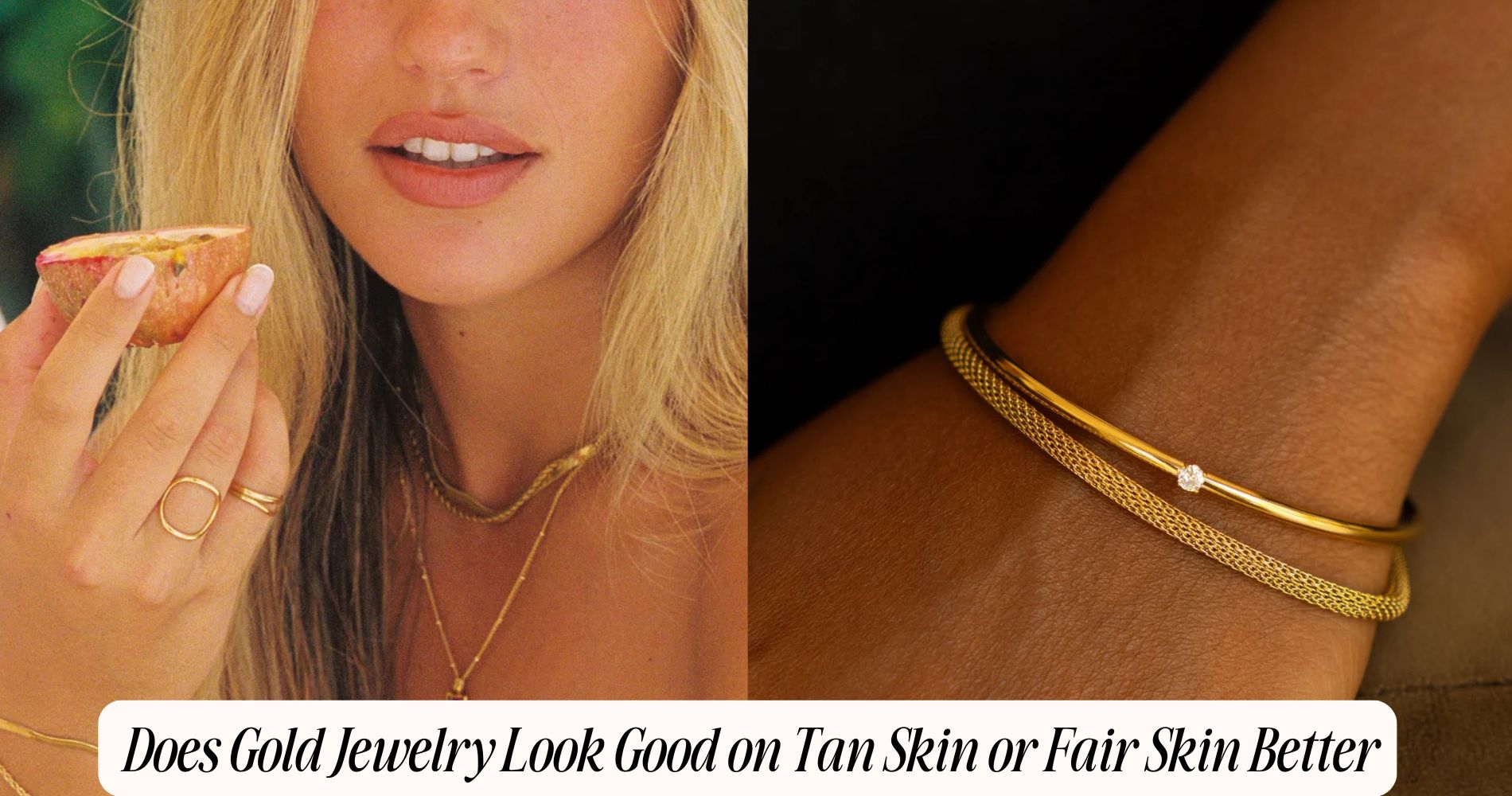
Does Gold Jewelry Look Good on Tan Skin or Fair Skin Better
Wondering does gold jewelry look good on tan skin? Absolutely—it enhances your glow beautifully. The key lies in your undertone. Warm undertones shine in rich yellow gold and bold, clean designs, while cool undertones sparkle in lighter yellow gold, white gold, or platinum. If you’re neutral, you can effortlessly mix finishes for a balanced look. Rose gold flatters nearly everyone, adding a soft, romantic glow. Always test your pieces in natural light—your skin should look radiant. For timeless, versatile pieces that complement every undertone, explore our Affordable Gold Jewelry collection.
Understanding Skin Tones vs. Undertones
Before you pick a gold shade, know the difference: skin tone is your surface color (fair, medium, tan, deep), while undertone is the subtle hue beneath (cool, warm, neutral, or olive) that doesn’t change with sun or seasons.
Mastering skin tone basics helps you sort depth, but undertone significance guides what actually flatters. Check veins at your wrist, your best metals, and how white vs. cream looks on you.
Cool reads bluish, warm leans green, neutral looks mixed, olive skews muted with green-gray. Test gold against bare skin in daylight; watch whether your complexion looks brighter or dull.
Yellow Gold: Best Matches for Warm, Cool, and Neutral Undertones
Though yellow gold is the classic, it’s not one-shade-fits-all—match its warmth to your undertone.
If you’ve got warm undertones, lean into saturated yellow gold. It echoes your skin’s golden base, making tan skin glow and fair skin look sun-kissed. Choose 18K or 22K for richer depth; chunky chains, cigar bands, and sleek hoops nail the look.
If your undertone is cool, go lighter and cleaner. Opt for pale yellow gold (14K) with minimalist settings. It adds lift without turning brassy against pink or rosy tones.
Neutral undertones get the most flexibility. Mix finishes—matte, high-polish, or satin—in 14K to 18K yellow gold. Layer delicate necklaces with a bold signet to balance contrast.
When in doubt, test in daylight; the right yellow reads luminous, not loud.
White Gold and Platinum: When Cool Tones Shine
When your skin reads cool or your tan leans olive, white gold and platinum do the heavy lifting—clean, crisp, and modern. Their icy tones sharpen blue, pink, or neutral undertones and keep sun-warmed complexions looking refined, not brassy.
You’ll notice how they brighten eyes and teeth and frame gemstones—sapphires, emeralds, diamonds—with high contrast.
Consider white gold benefits: it’s lighter on the wallet, takes on a bright rhodium finish, and offers sleek versatility for everyday stacks.
If you want heirloom strength, choose platinum durability: it’s naturally white, hypoallergenic, and develops a luxe patina rather than thinning with wear.
Mix textures—high polish, satin, knife-edge—and keep proportions lean. Studs, tennis bracelets, and bezel-set solitaires read elevated without overpowering your tone.
Rose Gold: A Versatile Choice Across Complexions
Because rose gold warms without shouting, it flatters most skin tones—fair, tan, olive, and deep—by adding a soft blush that feels modern, not saccharine.
You get glow without glare, which is why rose gold trends keep cycling back. Pair minimalist hoops or a slim chain for daytime; stack mixed-metal rings to sharpen evening looks.
If your undertone runs cool, choose paler 14k shades; if it’s warm, lean into richer 18k rosier alloys.
Mind rose gold care: wipe pieces after wear, store separately to prevent scratches, and avoid harsh cleaners that can dull coppery tones.
Re-plate vermeil when fading shows. To keep sets cohesive, repeat one rosy element—studs, pendant, or watch—so the color reads intentional, elevated, and effortlessly versatile.
Tan Skin: How to Make Gold Pop Without Overpowering
Even with a sun-kissed tan, gold looks best when you balance shine with restraint. Choose warm yellow tones that echo your complexion, then introduce contrast with clean silhouettes.
Start with one hero piece—say a sleek herringbone chain—then build minimal gold accents around it. Jewelry layering works when you vary thickness: pair a thin curb with a chunkier link, leaving skin space so each line reads.
Keep earrings streamlined; small hoops or a single drop frame your glow without stealing it. Mix matte and high polish to add depth without bulk.
If you stack rings, anchor with one statement band and two delicate helpers. Let fabrics help: white, olive, and denim make gold pop.
Edit before you leave—one piece less is usually perfect.
Fair Skin: Creating Contrast and Soft Harmony
Though your complexion runs cool and luminous, gold can still flatter—if you play with temperature and contrast. Aim for contrast enhancement without harshness. Choose light, refined pieces that don’t overwhelm: slim chains, petite hoops, delicate signet rings. Yellow gold adds warmth; offset it with crisp whites, charcoal, or navy so the metal reads intentional, not brassy.
Lean into soft harmony by pairing gold with cool-adjacent accents. Think pearls, moonstone, or opal—stones that bridge warm metal and cool skin.
Layering helps: stack a sleek collar with a fine pendant to frame your face, then echo the tone with a minimal bracelet. Keep shapes clean and lines graceful. You’ll amplify brightness, sharpen features, and balance warmth and coolness for a polished, modern finish.
Choosing the Right Karat and Finish for Your Tone
Start with karat: 14k and 18k wear best for most skin tones and modern styling.
For tan skin, 18k’s richer yellow amplifies warmth without looking brassy; 14k adds crisp contrast that reads sporty and polished.
For fair skin, 14k’s cooler, paler gold feels effortless and contemporary; 18k leans luxe and luminous if you want bolder glow.
Your karat selection should match how you dress: 14k for everyday versatility, 18k for elevated minimalism.
Now refine with finish options.
High polish pops on evenings and sleek fits; it’s eye-catching but shows scratches.
Satin or brushed softens shine, flattering lighter tones and understated looks.
Matte feels directional and chic on deeper tans.
Hammered adds texture that breaks up glare and complements layered stacks.
Combine thoughtfully for balance.
Gemstone Pairings That Elevate Your Gold
While gold sets the mood, gemstones fine-tune the vibe—use them to amplify your skin’s natural undertone and your karat choice.
Read the gemstone properties and color symbolism first. On tan skin, saturated stones pop: emerald balances warm 18k, sapphire cools buttery 22k, and ruby intensifies honey tones. Citrine and topaz echo sunlit warmth; turquoise adds a crisp contrast.
On fair skin, high-clarity gems in cooler hues shine: icy aquamarine or sapphire sharpens 14k or 18k yellow gold; morganite softens edges without washing you out.
Garnet adds depth; amethyst gives chic contrast. If you run warm, lean into ruby, peach sapphire, or citrine; if you run cool, choose emerald, blue sapphire, or London blue topaz.
Let gemstone properties and color symbolism guide your edits.
Metal Mixing: Balancing Gold With Silver and Rose Gold
Because mixed metals read modern and effortless, treat gold as your anchor and layer silver and rose gold with intent.
Use simple metal mixing techniques: pick one dominant tone, then add two to three accents for balance. Let yellow or warm gold frame the look; weave in cool silver to sharpen, and rose gold to soften.
Match undertone to skin: tan or warm skin loves yellow gold with rosy touches; fair or cool skin benefits from silver’s clarity, warmed up by hints of gold.
Keep finishes consistent—polished with polished, matte with matte—so the blend feels cohesive. Repeat each metal at least twice to avoid a random feel.
Choose complementary metals in similar weights and scale, and keep proportions clean so the mix reads curated, not chaotic.
Styling Tips for Everyday Wear and Special Occasions
Whether you’re heading to the office or a black-tie event, use gold as your through line and adjust scale, shine, and stacking to suit the moment.
For everyday styling, keep it streamlined: small huggies, a slim chain, and a low-profile ring. Choose brushed or satin finishes that won’t shout under daylight. If you’re tan, lean into warm yellow gold; if you’re fair, try soft 14k or champagne tones for balance.
For a special occasion, dial up luster and proportion. Layer a statement collar with delicate drops, or pair sleek hoops with a sculptural cuff.
Match undertone to outfit: yellow gold with earthy or jewel hues, pale gold with pastels and black. Anchor the look with one hero piece, and let everything else echo it.
Frequently Asked Questions
Does Lighting (Indoor vs. Outdoor) Change How Gold Looks on Skin?
Yes. Indoor lighting softens gold’s warmth, making polished pieces look sleek; outdoor lighting intensifies sparkle and yellow tones. You’ll adjust finishes: choose matte or brushed indoors, high-shine or textured outdoors. Test under both to nail your vibe.
How Does Self-Tanner Affect Gold Jewelry Appearance?
It deepens warmth, so gold pops more. Choose self tanner shades with golden or olive undertones for seamless glow; cooler or too-dark tones create jewelry contrast. Adjust karat: 18k for rich warmth, 14k for balanced, vermeil for trend.
Will Seasonal Skin Tone Changes Alter My Best Gold Choice?
Yes—seasonal adjustments matter. As your tone deepens, warm yellow or 22k pops; in cooler months, opt for 14k–18k or white-mixed pieces. Track skin undertones: warm suits yellow gold, cool favors softer alloys, neutral can flex effortlessly.
Do Cultural or Traditional Dress Colors Influence Gold Selection?
Yes—dress colors and heritage palettes absolutely influence gold selection. You’ll honor cultural preferences and traditional significance by matching karat warmth to attire hues: rich yellows with reds/greens, champagne gold with pastels, and rose gold with blush or embroidered neutrals.
Can Allergies to Metals Impact Which Gold Suits My Skin?
Yes—metal sensitivities absolutely shape which gold suits you. Prioritize hypoallergenic blends: choose higher-karat yellow gold or 18k palladium white gold. Avoid nickel alloys. Test pieces first. Let metal sensitivities guide your gold alloy preferences while staying stylish and comfortable.
Conclusion
Ultimately, gold looks great on both tan and fair skin—it’s all about undertone and styling. If you’re warm, lean into yellow gold; if you’re cool, try white gold or platinum; if you’re neutral, mix freely. Rose gold flatters almost everyone. Choose karat and finish for contrast, not clash. Layer thoughtfully, pair gemstones that enhance your tone, and mix metals with intention. Trust your eye, test in natural light, and wear what makes you feel polished and current.







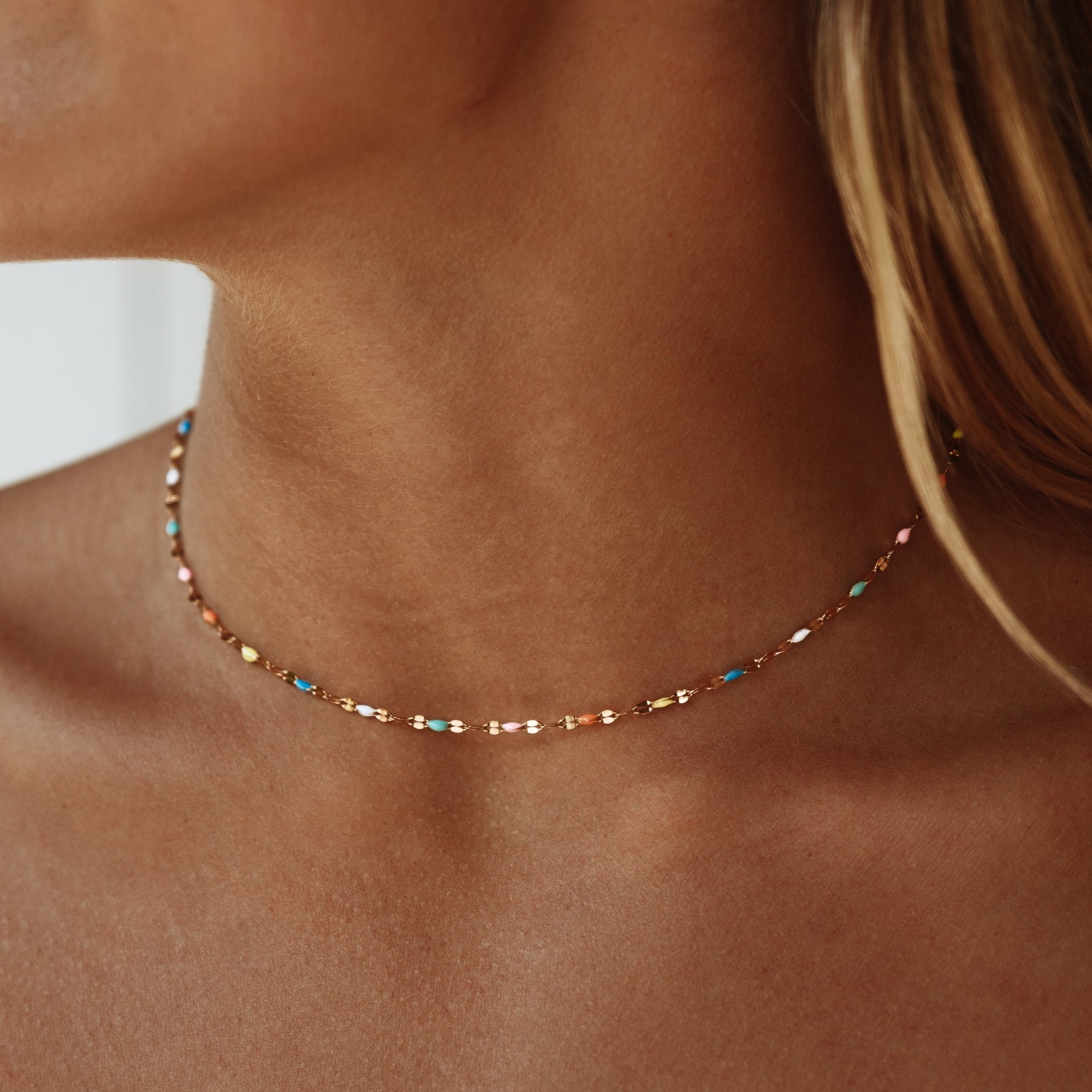

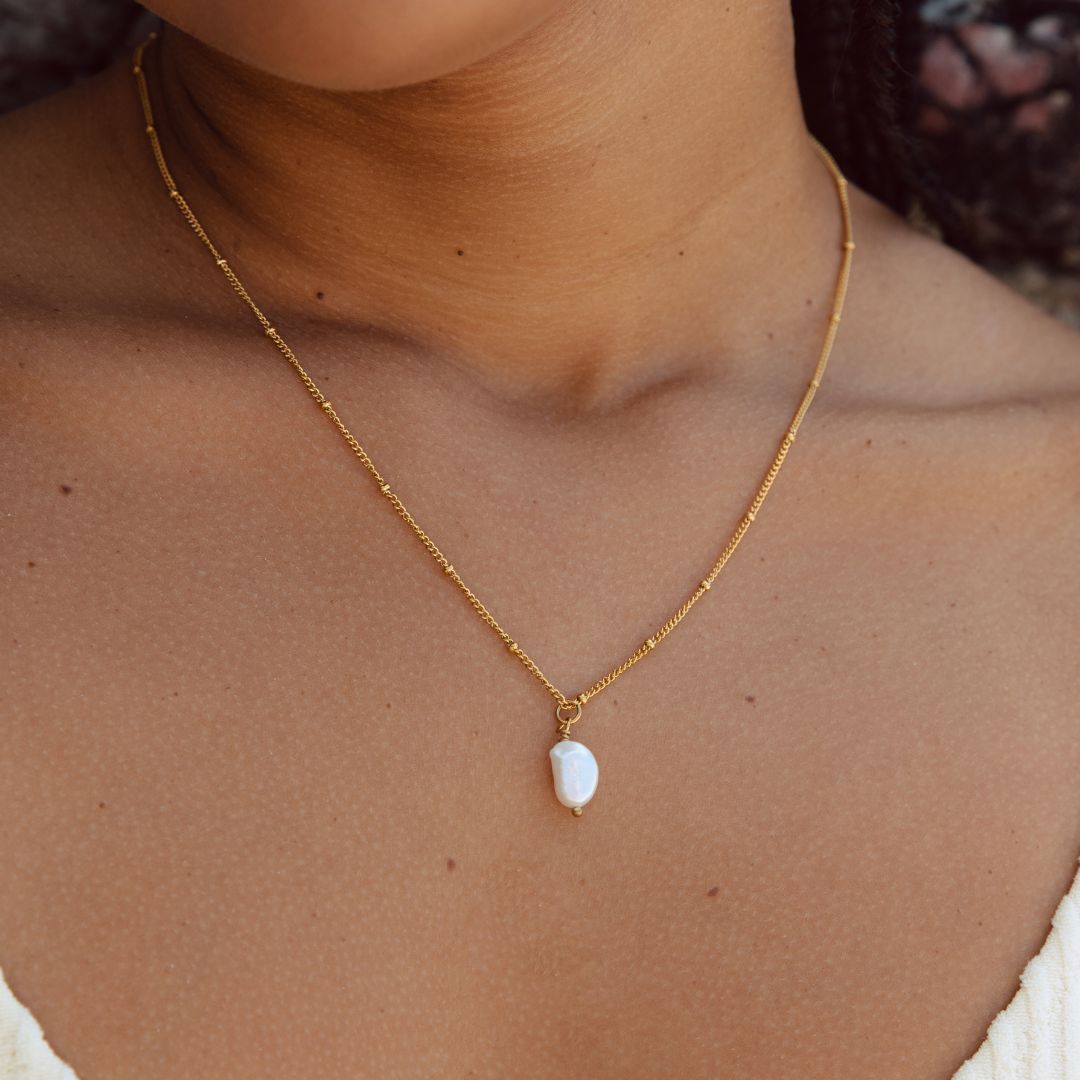


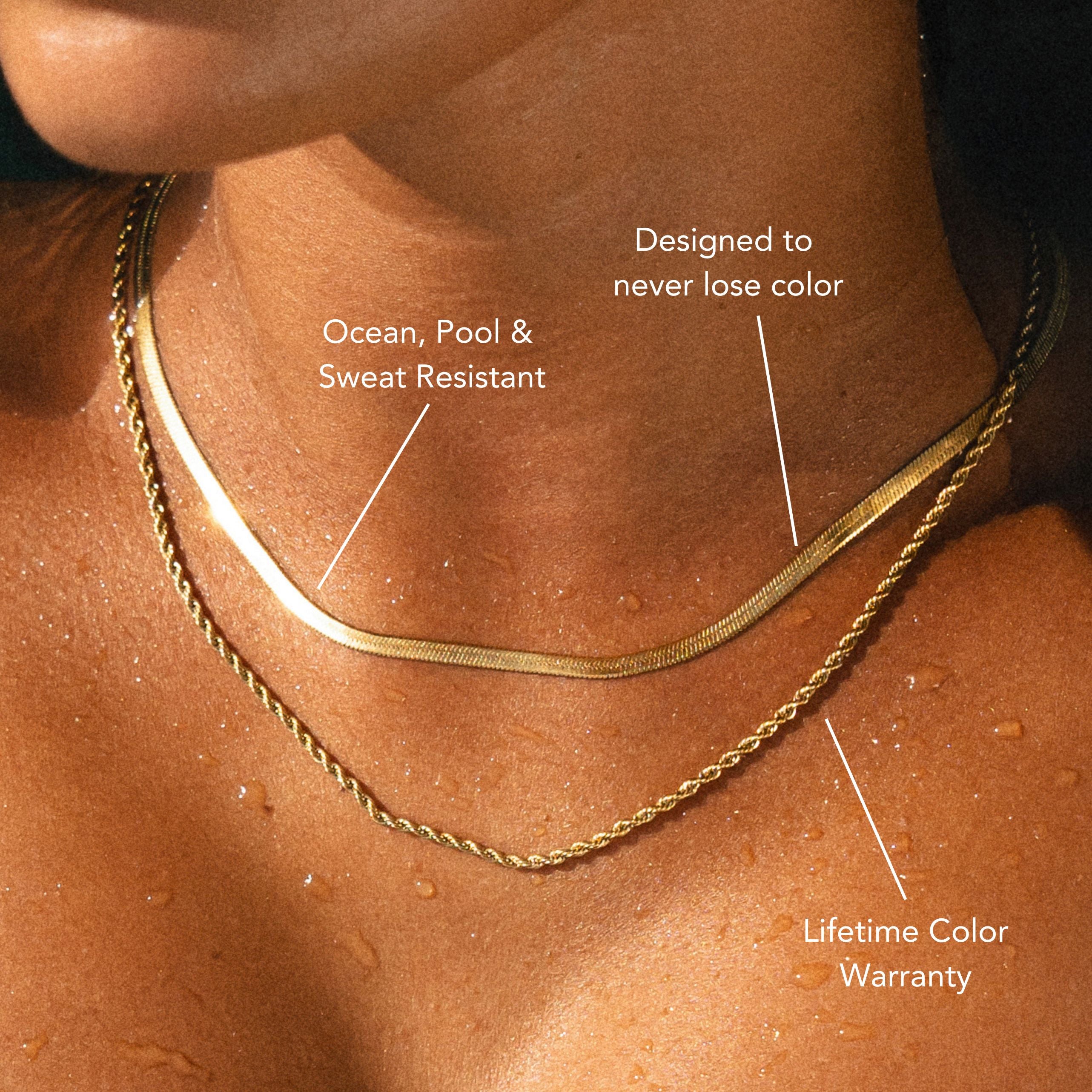


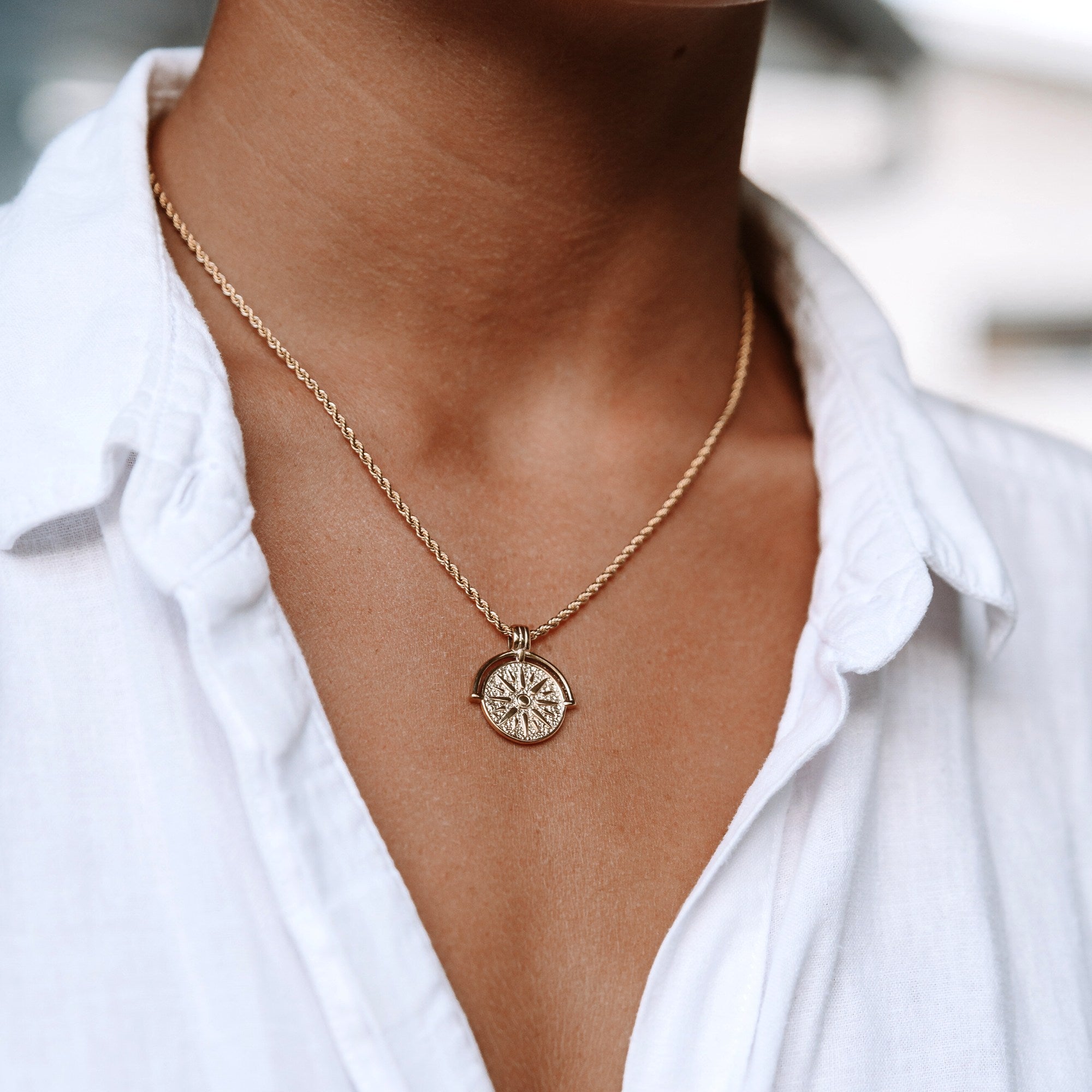
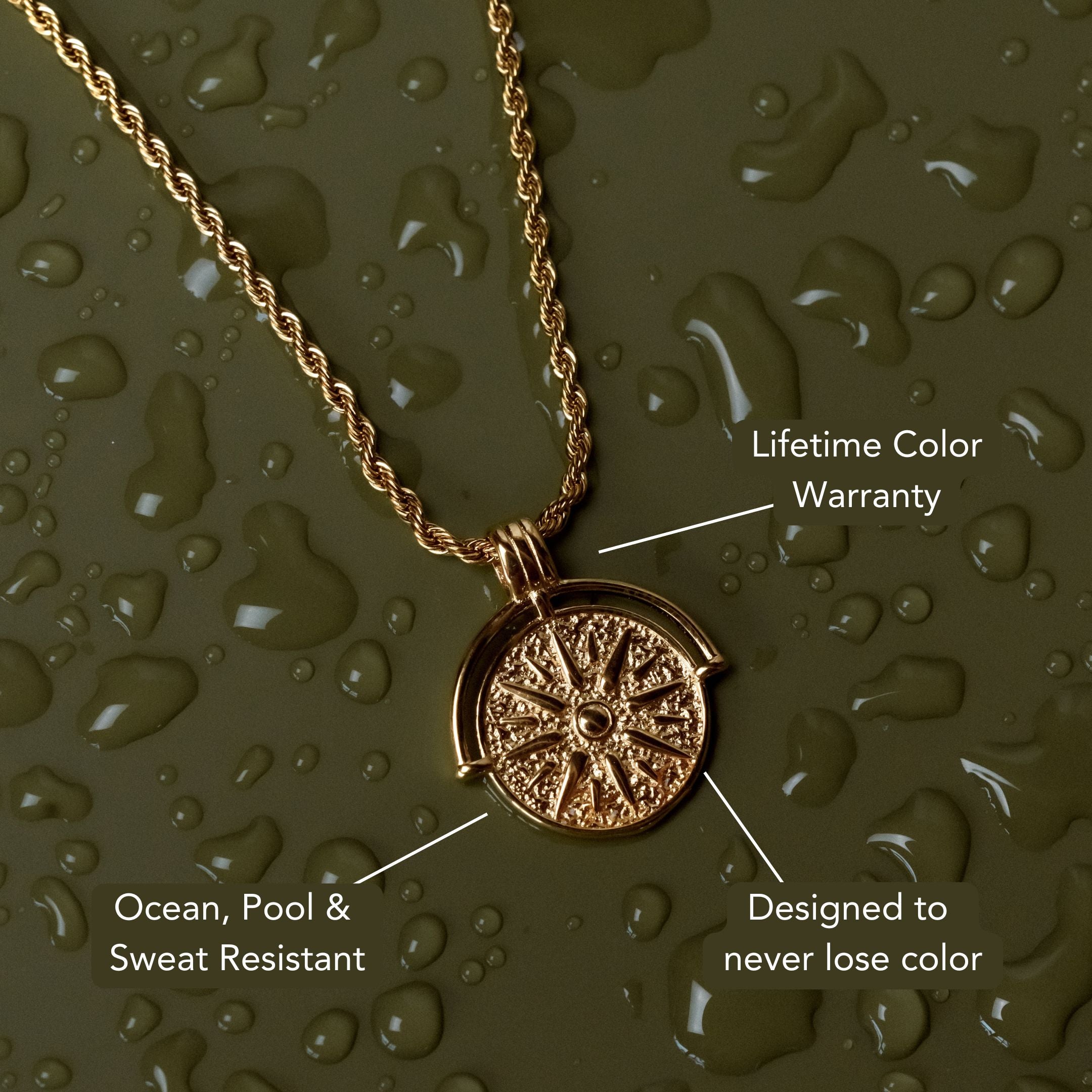






Leave a comment
This site is protected by hCaptcha and the hCaptcha Privacy Policy and Terms of Service apply.